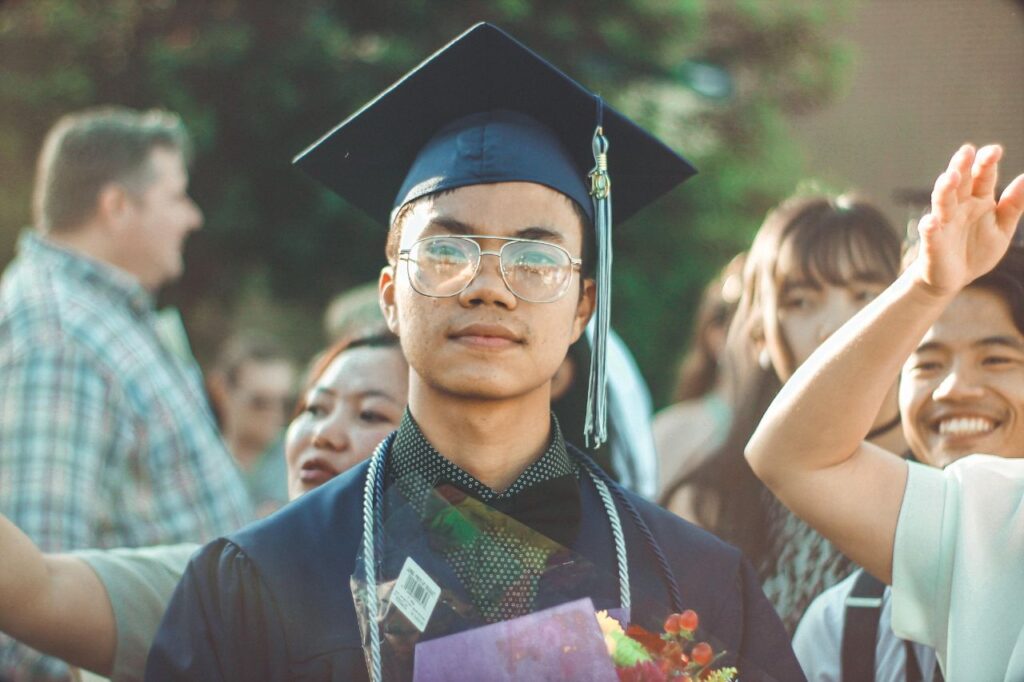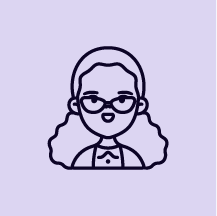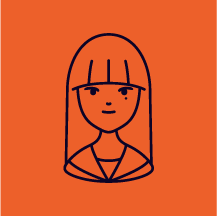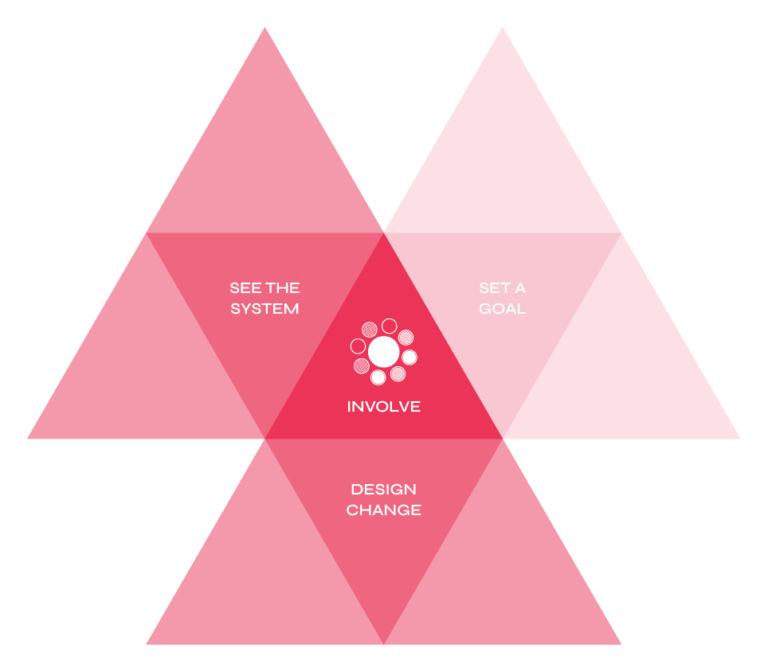To strengthen postsecondary planning, high school graduates and counselors collaborate at design camp.


When schools closed for the pandemic, the usual supports for postsecondary planning weren’t accessible. In Dallas, a group of high school graduates collaborated with school counselors to personalize postsecondary advising in the virtual context. Together in a weeklong Design Camp, they created relevant, timely ideas for school advisement and programming for students from historically underserved groups.






In this case study, students were involved in improvement efforts to see the system and design change. Learn more about the student-powered improvement framework here.

The sudden closure of in-person schools due to COVID-19 left little time to plan for how to best support young people’s transitions to plans after high school. With their high school counselors listening intently, a small group of high school graduates gathered virtually to explore the question: How might we personalize postsecondary advising in the current context of COVID? The collaborative design camp resulted in a set of ready-to-test prototypes, tips, and tools for how to better support graduating students in 2021.
Hearing directly from students and co-designing with them helps ensure that supports are more relevant and timely.
As schools and support organizations continue on-line and hybrid learning, lessons learned from last spring and summer can give all youth-supporting adults across the country an opportunity to offer the classes of 2021 and 2022 more of what they need for a successful transition.
The Design Camp, a 12-hour virtual gathering over three days in August 2020, focused on building relationships between students and counselors and using design thinking to co-create prototypes that could be tested in virtual, hybrid, or re-entry settings. With their high school counselors listening intently, small groups of students who graduated in May 2020 shared their stories about planning for life after high school.
The agenda centered the stories and experiences of adolescents from historically underserved groups. The student-to-counselor ratio was deliberately 3:1. The majority of student participants were Latinx and, for those planning to attend college, the majority would be first-generation college students. Utilizing tenets of both Design Thinking and Liberatory Design, Design Camp was conceptualized as a student-centered, anti-racist, and highly interactive experience.
On day one of Design Camp, counselors met in small virtual groups with students to ask questions like “How, if at all, has COVID-19 impacted what you planned to do after high school?” and, “Tell me about a time you felt engaged in distance/virtual advising.” They listened deeply to student stories to learn how schools, families, and the community supported students’ postsecondary planning when school became virtual last spring. Five themes emerged from students’ stories, which became the basis for students and counselors to design prototypes together.
The 3:1 ratio of students to adults was one way Design Camp kept students at the center. Students reflected, and adults listened. The stories students told became the basis for prototypes.
Design Camp participants were deliberately drawn from groups who might have high barriers to post-secondary participation, like first-generation college-goers. For this camp, the most important consideration was not how many students—but which students were invited and included. Extending invitations to Design Camp was an intentional process. Dallas County Promise intentionally recruited students from historically underserved communities by targeting high schools with low college enrollment and college persistence. Participating high school counselors helped to recruit students. They were asked to consider students who were: (a) unengaged in their postsecondary planning before school went virtual; (b) were considering alternate postsecondary plans because of COVID; (c) adapted well to virtual advising; (d) could help elevate the experiences of their peers. Before the Camp began, each student received individualized support to make sure they had the technology and access to participate. Participating Design Camp students all graduated in spring 2020. Three students were Black and eight were Latinx. The majority were first-generation college-goers.
From who’s invited to how people are able to participate, the Design Camp team paid careful attention to engaging students in an authentic way so that everyone could feel able to share. Design Camp participants built in group norms or agreements, used multiple modes for interaction (e.g., speaking, writing, small groups), approached problem-solving from a strengths-based perspective, and left space to have fun together. These are important aspects of building relationships, even over just a few hours together. The more that students can trust groups they are invited into, trust the process for engagement, and trust that raising their voices will lead to change, the richer the results will be.